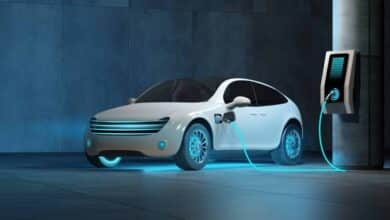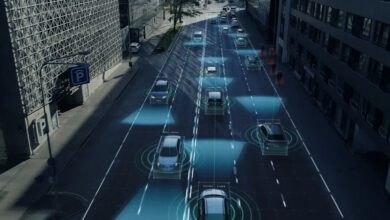Self-Driving Cars: Challenges and Opportunities
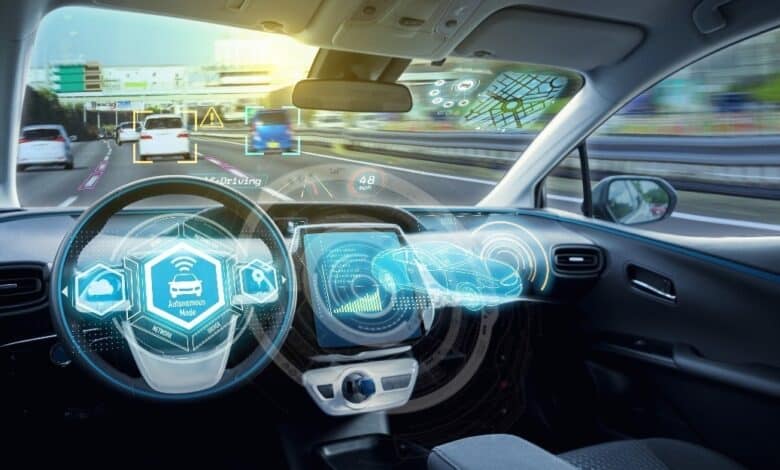
In the pursuit of a sustainable transportation future centered around electric vehicles (EVs), the journey is not without its challenges. Navigating these hurdles while simultaneously maximizing the abundant opportunities is crucial for the successful integration of EVs into mainstream mobility. This article aims to dissect the obstacles that impede the seamless transition to electric vehicles and, in turn, identifies strategies to capitalize on the vast potential they present.
From infrastructural limitations and range anxiety to affordability concerns, the road to widespread EV adoption is fraught with challenges. However, within these challenges lie opportunities for innovation, policy development, and industry collaboration. By addressing the issues head-on, stakeholders can contribute to the creation of an ecosystem that fosters the growth and acceptance of electric vehicles.
Exploring the intricacies of charging infrastructure expansion, government incentives, and technological advancements, we delve into the various facets that can propel the electric vehicle revolution forward. As we navigate through the complexities, we uncover the untapped potential of a sustainable transportation landscape powered by electric vehicles, showcasing how the challenges, when met with ingenuity and determination, can lead to a future where environmental consciousness and efficient mobility coexist harmoniously. Join us on this exploration of navigating challenges and maximizing opportunities in the electrifying realm of sustainable transportation.
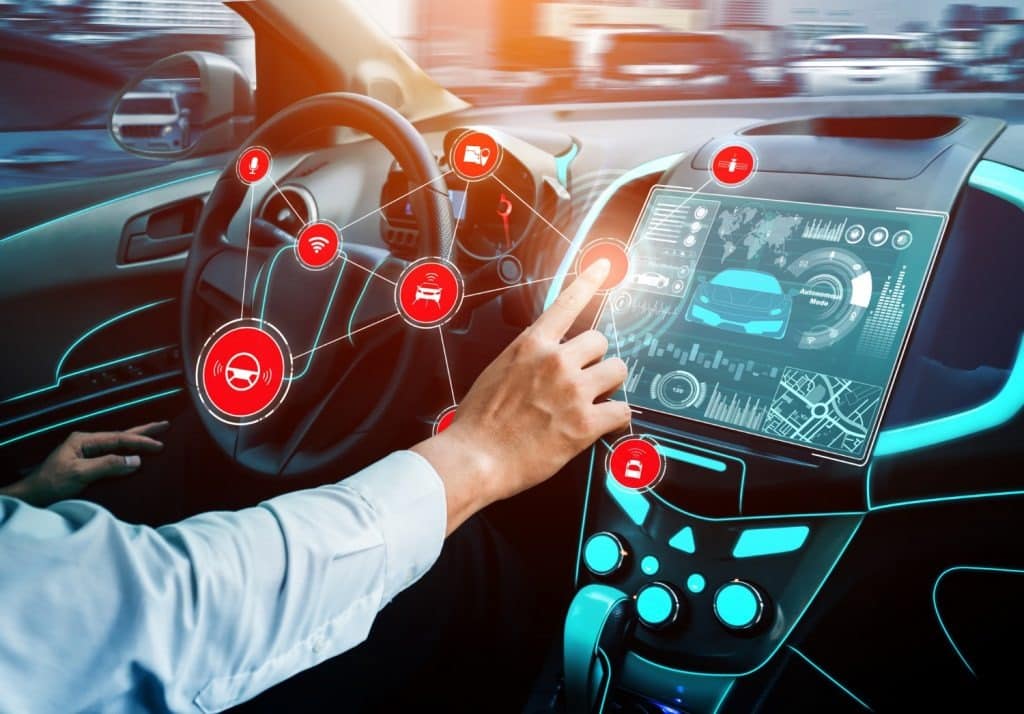
Contents
- 1 The Technology Behind Self-Driving Cars
- 2 Safety Concerns and Regulatory Hurdles
- 3 Infrastructure Requirements
- 4 Impact on the Transportation Industry
- 5 Benefits for Individuals and Society
- 6 Environmental Impact
- 7 Job Displacement and Economic Considerations
- 8 Ethical Considerations
- 9 Public Perception and Acceptance
- 10 Overcoming Challenges and Seizing Opportunities
The Technology Behind Self-Driving Cars
Self-driving cars rely on a combination of sensors, cameras, radar, and lidar to perceive their surroundings. These vehicles use sophisticated algorithms and machine learning to process the data collected by these sensors and make real-time decisions. The technology behind self-driving cars is constantly evolving, with companies investing heavily in research and development to improve safety and reliability.
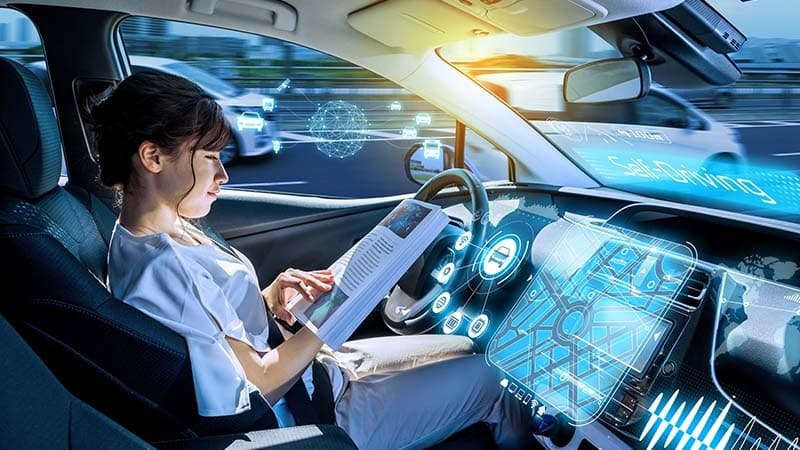
Safety Concerns and Regulatory Hurdles
One of the biggest challenges facing self-driving cars is ensuring their safety on the roads. While autonomous vehicles have the potential to reduce accidents caused by human error, there are still concerns regarding their reliability. The technology must be able to handle unpredictable situations and make split-second decisions to avoid accidents.
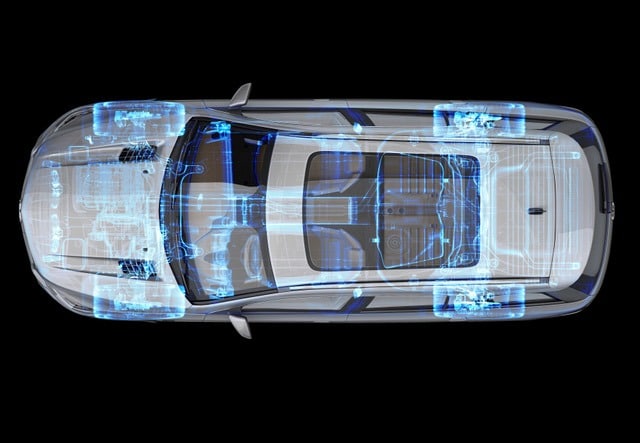
Regulatory hurdles also pose a challenge to the widespread adoption of self-driving cars. Governments and regulatory bodies need to establish frameworks and guidelines to ensure the safety and legality of autonomous vehicles. This includes addressing issues such as liability in case of accidents, privacy concerns, and ethical decision-making algorithms.
See more: Electric Vehicles and a Sustainable Transportation Future
Infrastructure Requirements
To fully realize the potential of self-driving cars, significant investment in infrastructure is required. This includes developing smart roads that can communicate with autonomous vehicles, installing charging stations for electric self-driving cars, and creating dedicated lanes or zones for autonomous vehicles. Upgrading existing infrastructure to accommodate self-driving cars will be a costly endeavor, but it is necessary for their successful integration into society.
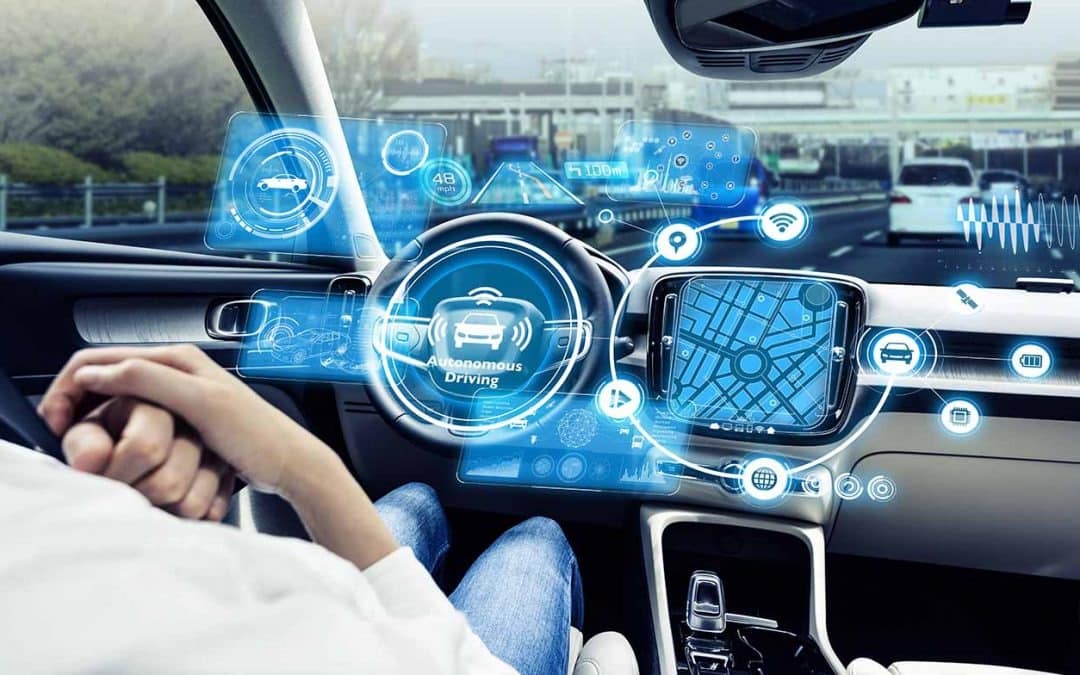
Impact on the Transportation Industry
Self-driving cars have the potential to revolutionize the transportation industry. Ride-sharing companies such as Uber and Lyft are already testing autonomous vehicles as part of their fleets. With self-driving cars, these companies can reduce labor costs, improve efficiency, and offer cheaper fares to customers.
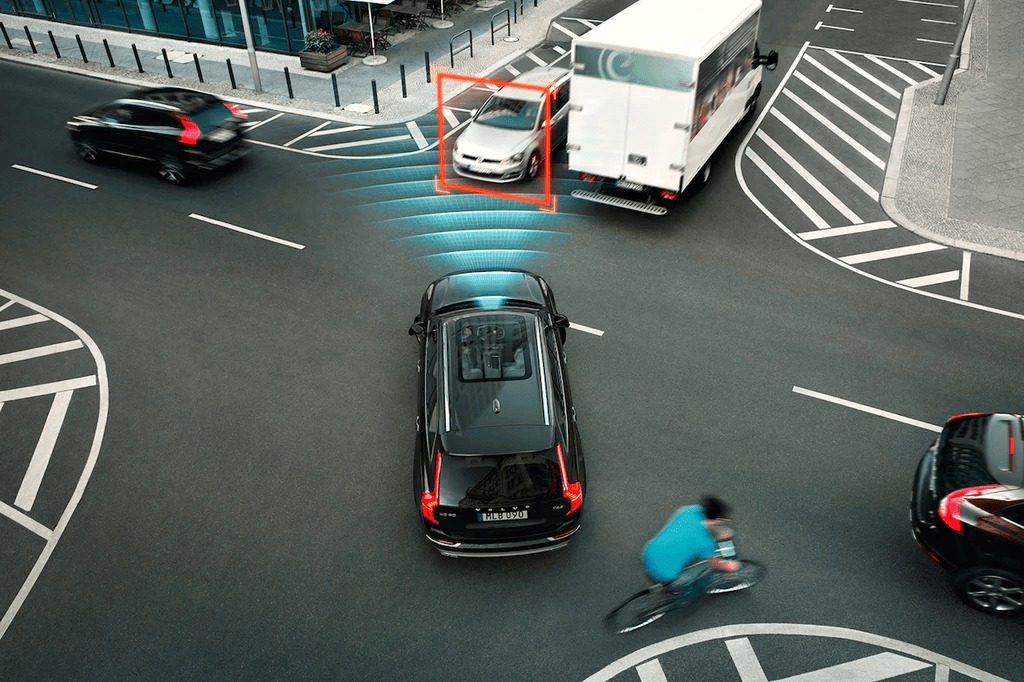
The logistics industry is also set to benefit from self-driving technology. Autonomous trucks can operate 24/7 without the need for breaks, leading to faster delivery times and reduced transportation costs. Additionally, self-driving cars can help improve traffic flow by reducing congestion and optimizing routes.
Benefits for Individuals and Society
Self-driving cars offer numerous benefits for individuals and society as a whole. For individuals, autonomous vehicles can provide increased mobility for those who are unable to drive due to age or disabilities. Commuting time can be utilized more effectively, allowing passengers to work or relax during their journey.
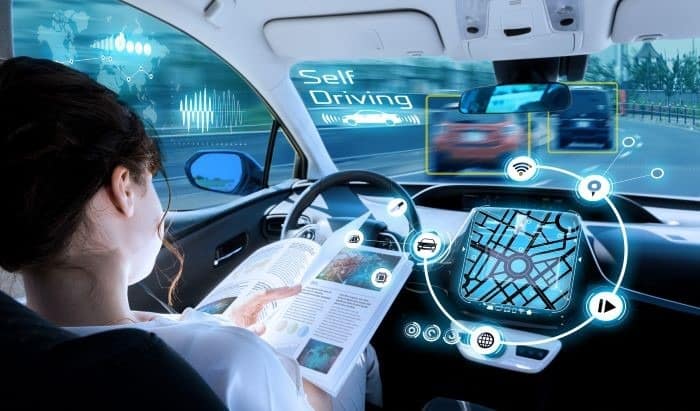
In terms of society, self-driving cars have the potential to significantly reduce traffic accidents caused by human error. According to the World Health Organization, around 1.35 million people die each year due to road traffic accidents. By eliminating human error, self-driving cars could save countless lives and reduce the economic burden of accidents.
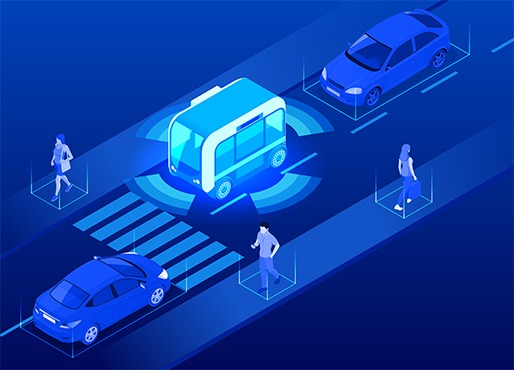
Environmental Impact
Another opportunity presented by self-driving cars is their potential to reduce carbon emissions and improve air quality. Electric self-driving cars produce zero tailpipe emissions, leading to cleaner air in urban areas. By optimizing routes and reducing traffic congestion, autonomous vehicles can also help reduce fuel consumption and greenhouse gas emissions.
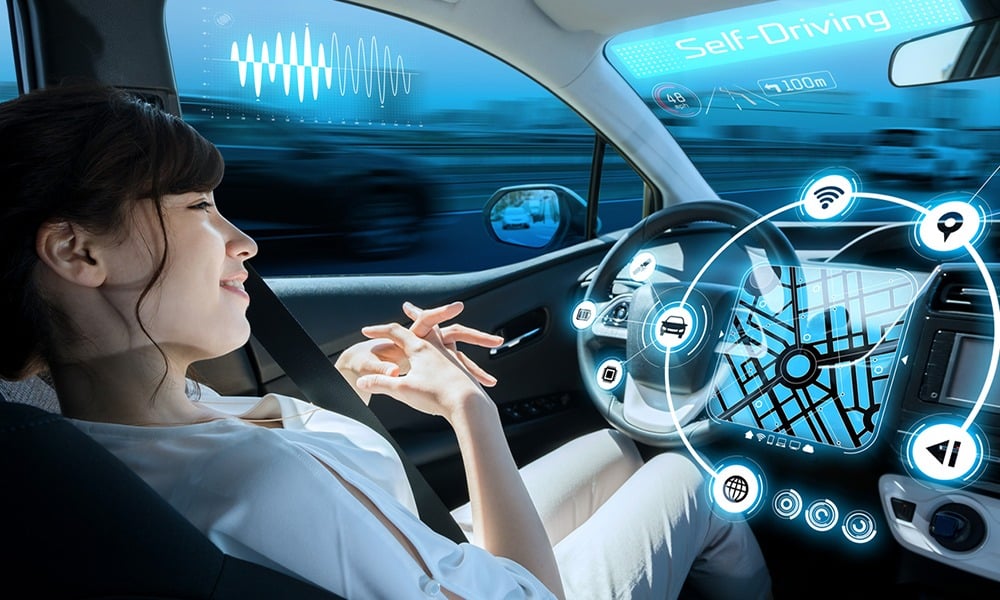
Job Displacement and Economic Considerations
While self-driving cars offer numerous benefits, there are concerns about job displacement in industries such as taxi driving, trucking, and delivery services. As autonomous vehicles become more prevalent, there will be a need to retrain or find alternative employment for those whose jobs are at risk.
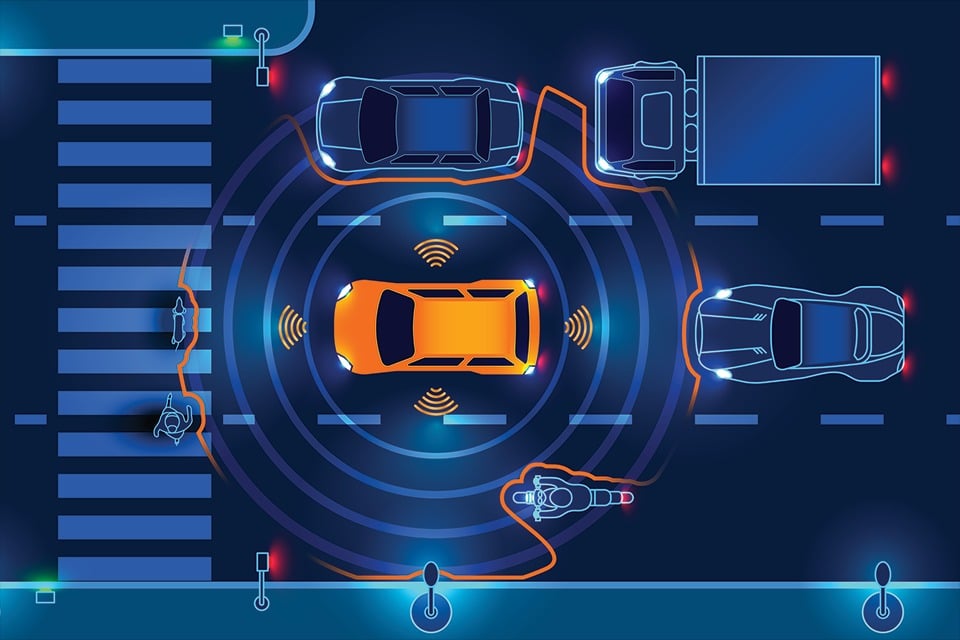
However, the widespread adoption of self-driving cars also presents economic opportunities. The development and maintenance of autonomous vehicles will create new job opportunities in areas such as software development, data analysis, and infrastructure upgrades.
Ethical Considerations
The introduction of autonomous vehicles raises ethical questions that need to be addressed. For example, how should self-driving cars prioritize the safety of passengers versus pedestrians in emergency situations? There is a need for clear guidelines on how these ethical dilemmas should be handled by the algorithms governing autonomous vehicles.
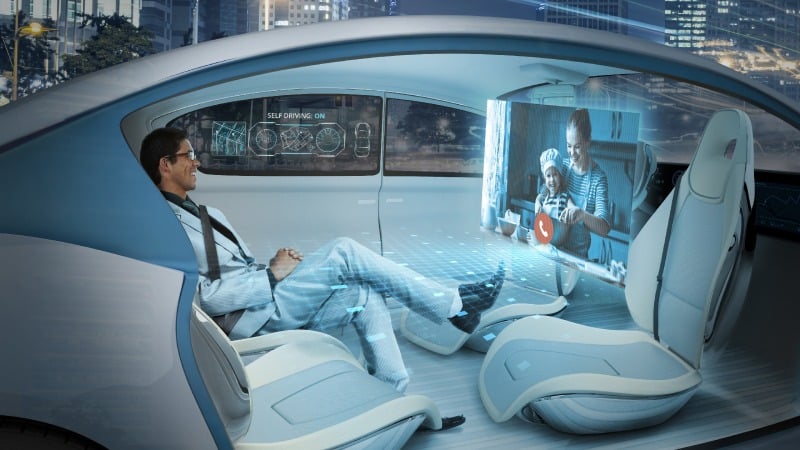
Public Perception and Acceptance
Public perception plays a crucial role in the adoption of self-driving cars. Building trust among consumers is essential for the widespread acceptance of autonomous vehicles. Companies developing self-driving technology need to demonstrate the safety and reliability of their systems through rigorous testing and transparent communication.
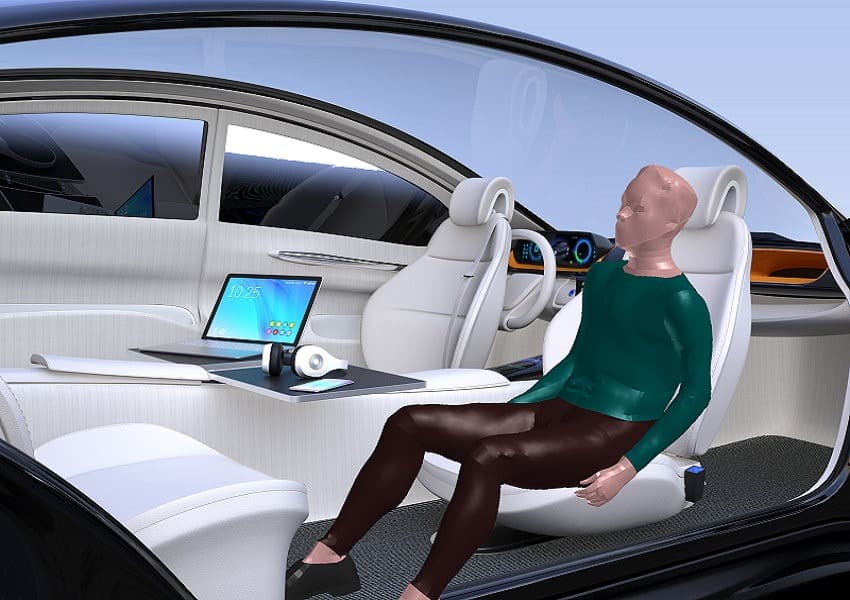
Overcoming Challenges and Seizing Opportunities
Self-driving cars present both challenges and opportunities for various industries and society as a whole. While there are still hurdles to overcome in terms of safety, regulation, and infrastructure, the potential benefits of autonomous vehicles cannot be ignored. By addressing these challenges head-on and maximizing the opportunities presented by self-driving cars, we can pave the way for a safer, more efficient, and sustainable future on our roads.

See more at: TopCarr






